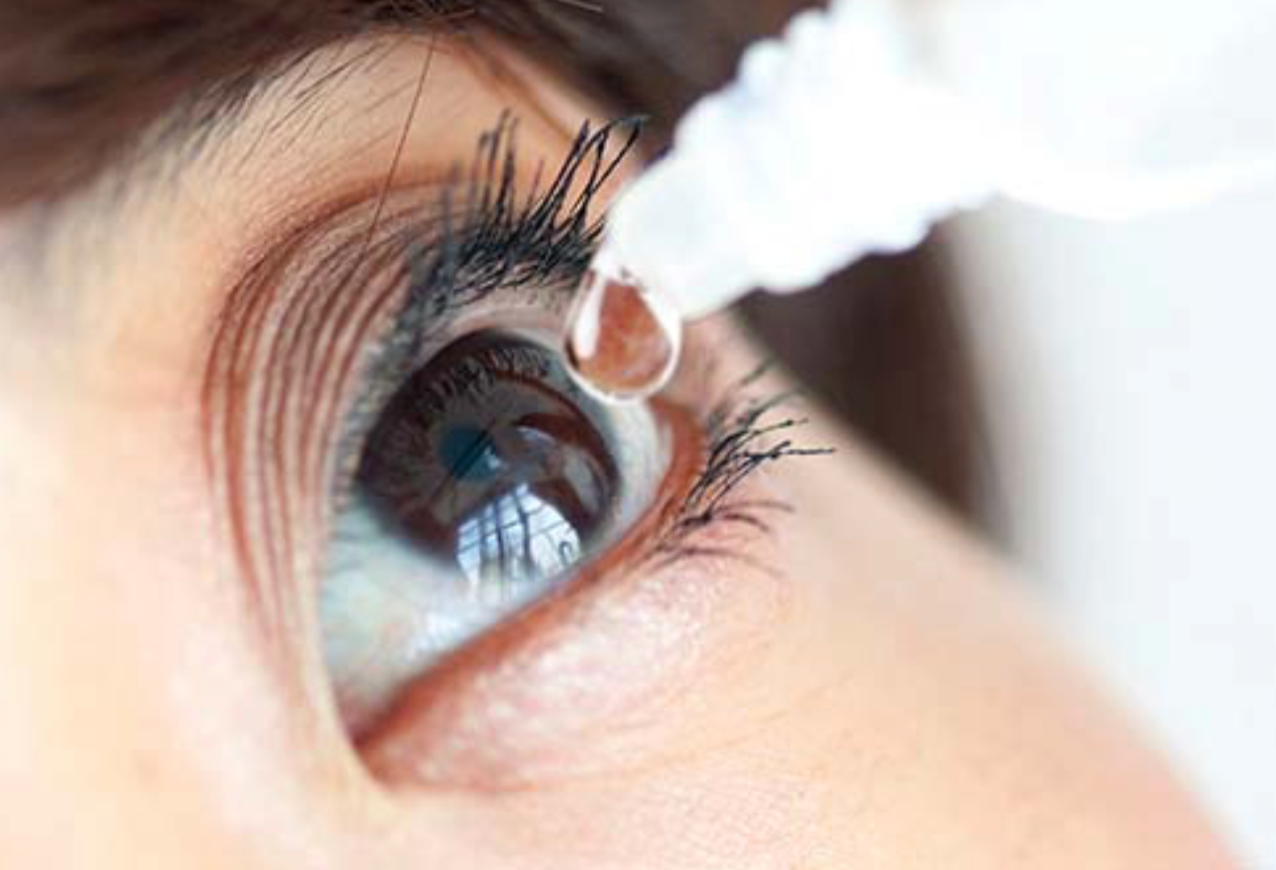Article
Prophylactic drops gain acceptance following routine cataract surgery
Author(s):
https://web.musc.eduWith patients seeking an easier prophylactic regimen before, after cataract surgery, a combination drop therapy used as a prophylactic treatment may provided the desired results.

LessDrops (ImprimisRx), a combination drop therapy that includes prednisolone acetate, gatifloxacin hydrochloride, and bromfenac used as a prophylactic treatment, provided similar results in patients undergoing routine phacoemulsification compared to the standard individual drop regimens of gatifloxacin, bromfenac, and prednisolone acetate when instilled before and after routine phacoemulsification.
Instillation of prophylactic eye drops, i.e., antibiotics, non-steroidal anti-inflammatory drugs, and steroids, before and after cataract surgery is an important step to ensure optimal outcomes. However, the prophylactic regimen is complicated by a number of factors such as patient compliance; patients’ inability to correctly instill the drops; lack of an understanding of the importance of the prophylactic treatment, the proper method of administration, and drop storage; forgetfulness; and dislike of instilling the drops multiple times a day for two to four weeks leading to non-compliance, Helga Sandoval, MD, explained.
Dr. Sandoval and coauthor Kerry Solomon, MD, both from Carolina Eyecare Physicians, Mt. Pleasant, SC with an affiliated faculty appointment at Storm Eye Institute, Medical University of South Carolina, Charleston, SC, are conducting a prospective, randomly selected, contralateral eye study in which they assess the efficacy of the combination drop therapy compared to the standard prophylactic treatment of gatifloxacin 0.5%, bromfenac 0.07%, and prednisolone acetate 1%. Thirty-five patients undergoing bilateral routine cataract surgery will be included in the study.
The first eye to undergo surgery is randomized to one of the two treatment and the fellow eye received the other treatment. On postoperative days 15 and 30, the patients undergo pachymetry, measurement of intraocular pressure (IOP) and retinal thickness; and were questioned about the presence of a foreign-body sensation, stinging and burning, and pain and discomfort rated on a scale of 0 to 10; and the treatment preference.
RELATED CONTENT: Considering BID ocular steroid post-cataract surgery
Results
At the time of this report, data from 19 patients (11 women, eight men; mean age, 68.9 years) were available. No differences were seen between the two groups in the mean surgical time, phaco time, cumulative dissipated energy, or the amount of fluid used.
The investigators also reported that at the one-month evaluation, the mean macular thicknesses, the mean pachymetric values, and the mean IOPs did not differ significantly between the two groups. Regarding adverse effects, the postoperative inflammation in both groups was minimal at all time periods.
The most common sign was cells on the first postoperative day. More patients in the control group reported burning and stinging at one month compared with the LessDrops group, i.e., 16% vs. 5%. When questioned about their treatment preferences, the vast majority of patients reported that they were satisfied or very satisfied with the treatment in 94.7% of cases (18/19), with no statistically significant difference between the two groups.
All subjects preferred the LessDrops regimen to the standard drops regimen.
“These preliminary results indicated that LessDrops is a prophylactic treatment alternative with higher patient preference,” Dr. Sandoval concluded. “We did not observe any differences in the parameters analyzed between the two study groups and no unanticipated adverse events occurred.”
Disclosures:
ELGA SANDOVAL, MD
E: hps@cepmd.com
The study was supported by an investigator-initiated study grant from Imprimis. Neither investigator had any financial interest in any aspect of this report.





